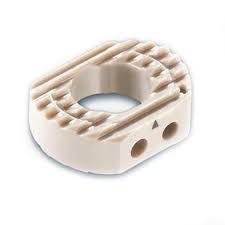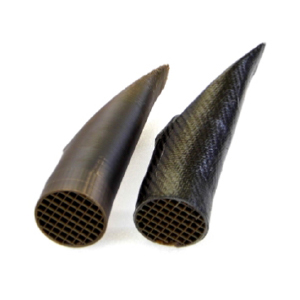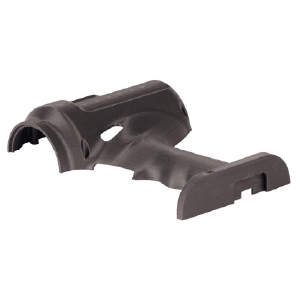Materials
FDM technology (Fused Deposition Modeling) is one of the most popular methods for 3D printing.This technology works by fusing and depositing a thermoplastic material filament, such as PLA, ABS, ASA or super polymers such as ULTEM, through a print head into a three-dimensional model.During printing, the material filament is extruded from the print head through a heated nozzle.The head moves along the x, y and z axes to deposit the molten material layer by layer, following the instructions in the G-code file.The FDM process offers several advantages, including the ability to create complex parts with good resolution and low cost.In general, FDM technology is used in a wide range of applications, including quick prototyping, production of functional parts, and model making for architecture and design.









Fused Filament Fabrication (FFF) is a widely used 3D printing technology that works by extruding thermoplastic filament.The FFF 3D printer works by heating thermoplastic filament to a temperature that makes it semi-liquid.Next, the material is extruded through a nozzle that moves along the X, Y and Z axes, depositing the material in a layer-by-layer fashion, according to the previously designed 3D model.Once deposited, the material cools and solidifies, forming the three-dimensional object.FFF is popular because of its wide range of usable materials, such as PLA, ABS, PETG, TPU and many others.This technology is suitable for creating prototypes, functional objects and even structural parts.



Continuous Filament Fabrication (CFF) is a 3D printing technology that combines the extrusion of thermoplastic filaments with the incorporation of continuous fibers as a reinforcement.This process, developed by Markforged, makes it possible to produce objects with similar strength and stiffness to metals while maintaining the lightness of plastic materials.The CFF printer works by depositing thermoplastic filament and continuous fibers alternately and simultaneously, creating a composite structure that greatly increases the mechanical properties of the final piece.
CFF technology is particularly suitable for applications where high strength is required, such as aerospace, automotive, and robotics. Common materials used in CFF include carbon fiber reinforced nylon, glass or Kevlar.





FIBERGLASS
Materials
